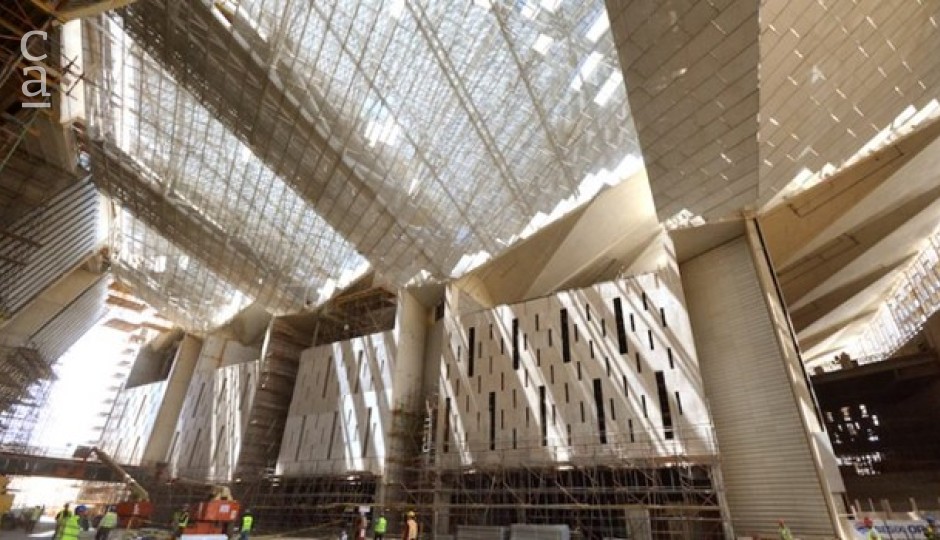Northern Africa
Grand Egyptian Museum
The new Grand Egyptian Museum will not only be the new crown jewel of Egypt, but will also be one of the largest, most modern, and most renowned museums in the entire world.

The new museum is located just outside of Cairo on the Giza Plateau (and next door to the Pyramids).The story of the development of the Grand Egyptian Museum project is described below.The ceremonial cornerstone of the Grand Egyptian Museum was laid in early 2002, although at this point in time
Want to continue?
Subscribe to get access to premium content
By subscribing you get access to the Newsfeed, Tenders, Events

